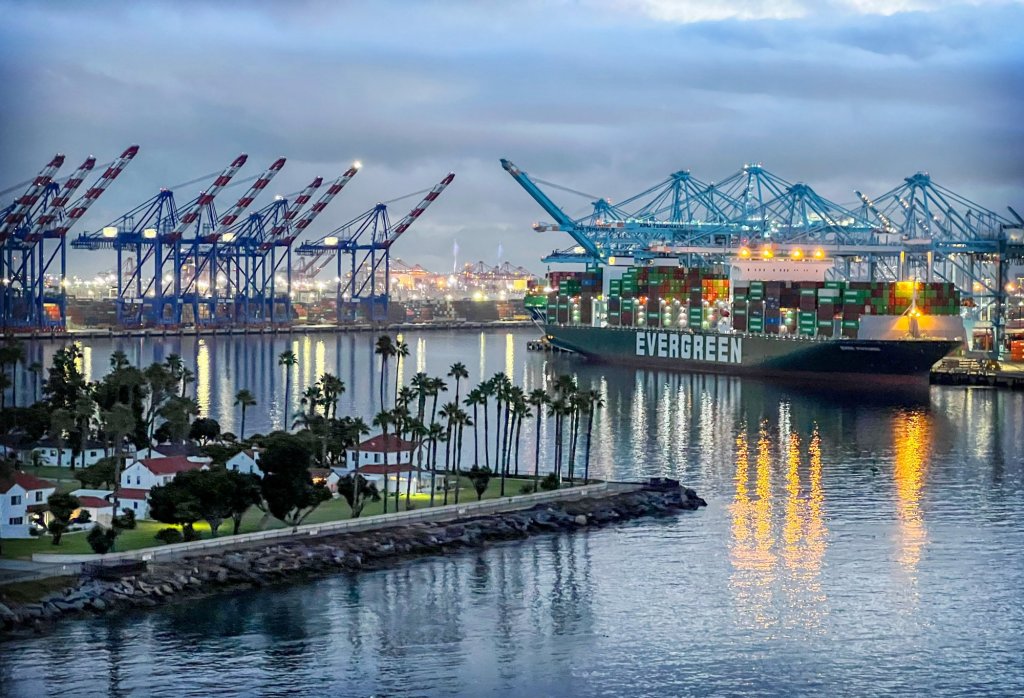
President Donald Trump might be the deal-making genius he and his supporters claim he is, but so far genius and chaos look similar.
Trump’s tearing up trade deals and slapping tariffs onto most of the countries in the world. He’s trying to pressure the Federal Reserve chairman to lower interest rates. And he’s imposing massive pain on the stock market to accomplish his goals of reviving U.S. manufacturing and, I don’t know, something amorphous and generic like making America “win.”
Trump is frustrating allies and trade partners with his unpredictability and unreliability. The Dow is headed for its worst April since the Great Depression. America’s global retreat is allowing China to fill the gap and investors are having a “sell America” moment by fleeing the U.S. bond market.
If Trump has a rabbit in his hat, it’s time to pull it out quickly.
The fundamental flaw with Trump’s strategy is his working assumption that America is the only actor with agency, that other countries will simply bend to his will. It’s a myopic view that stretches America First to America Only. Unfortunately, this is not how the world works.
Take Trump’s tariffs, for example. He has imposed a 145% tariff on Chinese imports, which in practice is a massive tax hike for American consumers. Though China is a bad actor that does need to be tamed, it’s easy to predict China retaliating. Which it did.
China has imposed 125% tariffs on American imports and warned other countries to reject trade deals coming at China’s expense. China is also working the globe, trying to forge alliances against us.
Chinese President Xi Jinping toured Southeast Asia to promote “Asian family” unity with Malaysia, Cambodia and Vietnam. It also restricted access to its vast supply of rare earth elements that are essential to various consumer products and weapons manufacturing – and China produces 90% of the world’s supply. Big box retailers, like Walmart, Home Depot and Target, also rely on Chinese products and warned Trump that if things don’t change soon, they could expect empty shelves and higher prices.
Of course, Trump could be trying to isolate China with new deals. He appears to be closing in on new deals with India and Japan that could potentially strengthen those relationships.
But there has to be a better way.
This strategy of ignoring existing relationships to try to improve other relationships is foolish. In imposing these widespread tariffs Trump upended many existing trade deals, including ones he previously negotiated. It has wreaked havoc in the stock market and caused other minor retaliations, like some Canadian provinces banning alcohol imports from the United States.
In many ways the U.S. has retreated from its standing in the world, with trade, with foreign policy, all with an underlying disdain for globalization. But it seems impossible to reject globalization in a globalized economy and remain atop the global order.
What could be one of the most troubling signs, however, was a major dump of treasury bonds from investors. This is seen by many as capital flight, which would be a major blow to what was once considered the only truly safe investment: The United States. In fact, reports suggest it was the bond market trouble that prompted Trump to abruptly issue a 90-day pause on most of the larger tariffs announced on the ironically-named “Liberation Day.”
The other very troubling sign is Trump’s attack on the Federal Reserve. Trump has been flirting with firing Chairman Jerome Powell (whom he appointed) if Powell doesn’t lower interest rates, though Trump has since backed off of this too, supposedly because of the economic damage caused by the threats.
Though Trump might not have the legal authority to fire Powell, the pressure campaign could lead to a lowering of rates at a time when tariffs are set to drive inflation, making matters significantly worse.
“Yes, the tariffs will cause a spike in prices that will occur over time,” said Dr. Wayne Winegarden, an economist and my colleague at the Pacific Research Institute. “If the Federal Reserve lowers rates and expands the money supply, it will create even larger inflationary pressures – especially because the tariffs will slow down economic growth. It exacerbates the chances of stagflation.”
One of the most frustrating things about Trump’s allegedly masterful negotiations is that they’re decimating the agriculture industry and, though he consistently projects confidence that everything is going well, Trump is considering a massive taxpayer-funded bailout for farmers.
What’s even more frustrating though is that this is all predicated on the idea that we need to revive American manufacturing. But American manufacturing output is nearly as high as it’s ever been. It’s true that American manufacturing jobs have declined, but that’s largely due to automation and the fact that the American economy has evolved into a service economy. That’s one of the main reasons imposing tariffs to bring back jobs is a fundamentally flawed plan.
Another reason is that Americans don’t want those jobs. A 2024 Cato Institute survey found that nearly 80% of American adults thought that America would be better off with more manufacturing jobs. However, only 25% said they wanted one of those jobs.
Trump and his allies have repeatedly acknowledged there will be short term pain but that in the end it will all be worth it.
All things considered, however, there doesn’t seem to be a happy ending in sight.
Matt Fleming, MBA, is an opinion columnist for the Southern California News Group. He can be reached on X at @flemingwords.



